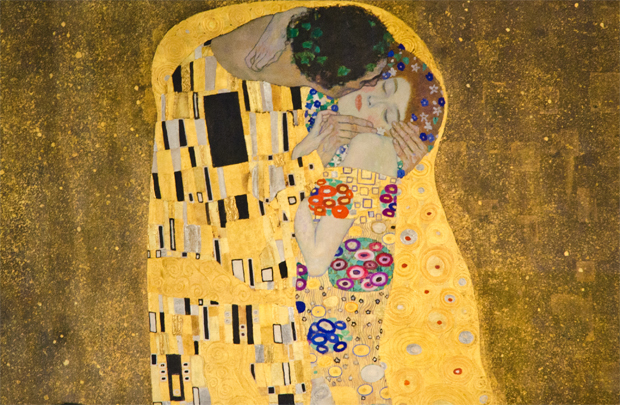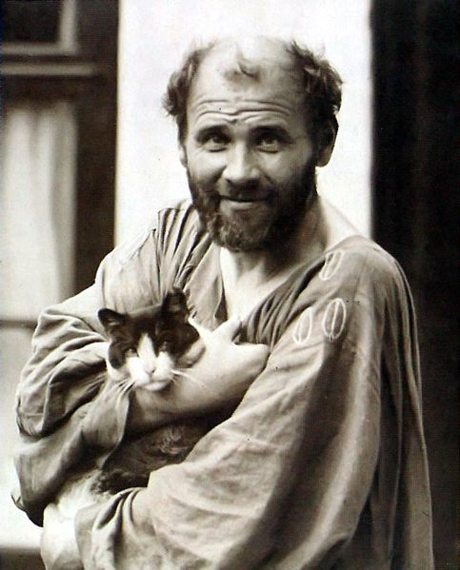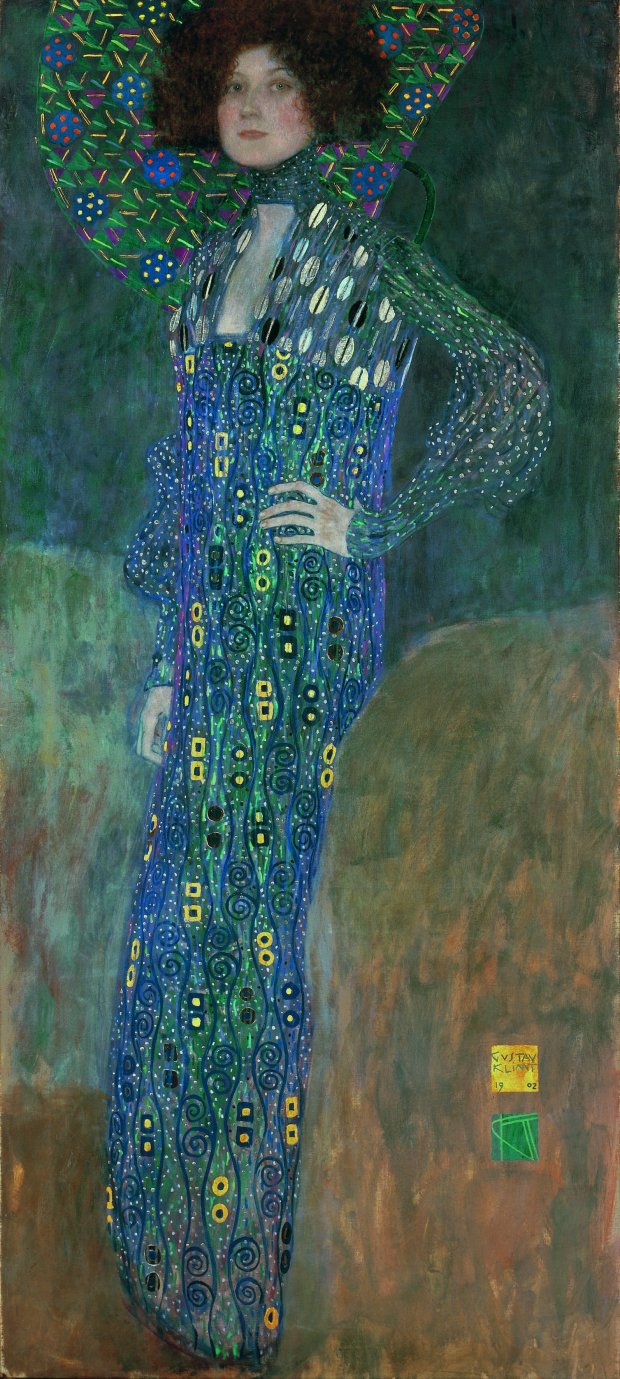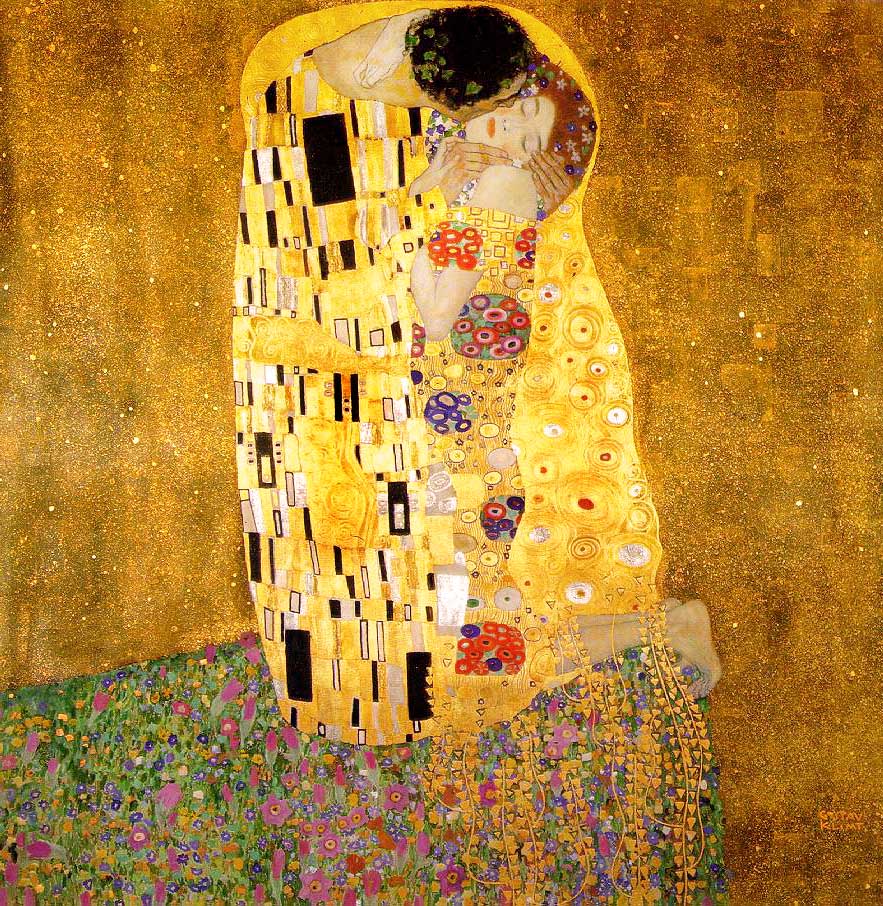
Stories from the Secession - Klimt's The Kiss
Extravagant and ecstatic this masterpiece is as much a celebration of colour and texture as the act of love
The painting above is so well bedded-in to 20th century art history, that it is hard to conceive of a time when its style was shocking or controversial. Nevertheless, its creator and his fellow Austrian avant-gardists had more than their fair portion of detractors.
Art in Vienna 1898 – 1918 is the definitive account of the Viennese Secessionists, who despite the antipathy they endured in their own time have enjoyed lasting fame (while the names of their detractors have been long forgotten). Most prominent among the artists of this period is Gustav Klimt and perhaps his most famous work is The Kiss, painted between 1908 and 1909.

This work is the culmination of his Golden Period, so called because of the distinctive gold leaf he applied to his canvasses at this time. The Kiss looks ultra-modern in its radical, Art Nouveau-influenced technique that borders on abstraction. Yet it’s also as if it belongs to the ages, a throwback to Persian or medieval art. It depicts a couple clasped in a sweet embrace, their bodies adorned by decorative garments which seem to be in a different dimension from the human figures they cover - pure surface pattern. Extravagant and ecstatic, it feels as much a celebration of colour and texture as the act of love, the perfect marriage of form and content.

The painting did not come out of the blue - although blue is the colour of the dress worn by Klimt’s companion Emilie Flöge in Klimt’s 1902 portrait that bears her name, a work which anticipates The Kiss. Flöge’s face is rendered with photographic perfection, and seems almost “photoshopped” atop the flat, geometric depiction of her dress. It is thought by some that Flöge is also the model for The Kiss though this remains unproven. Their love certainly remained life-long - she was the last person the artist called for prior to his death from a stroke in 1918.

Prior to The Kiss, Klimt’s reputation was considered tarnished by his three part Vienna Ceiling series, which was considered “perverted”. However, for once, Klimt found himself officially recognised in his own lifetime with this work. It was immediately acclaimed as a masterpiece and purchased for the Austrian nation before the exhibition at which it was displayed had even closed.
We hope you’ve enjoyed this brief focus on Vienna and the secession. You can read another, about how Vienna came to lead the artworld, here. Look out for our next story from the Secession soon, and for a richer understanding of the time buy a copy of Art in Vienna 1898 – 1918 here.